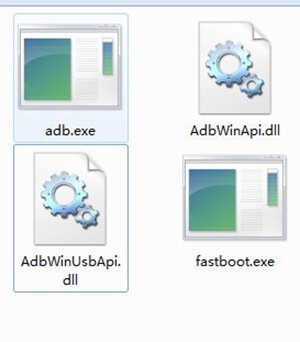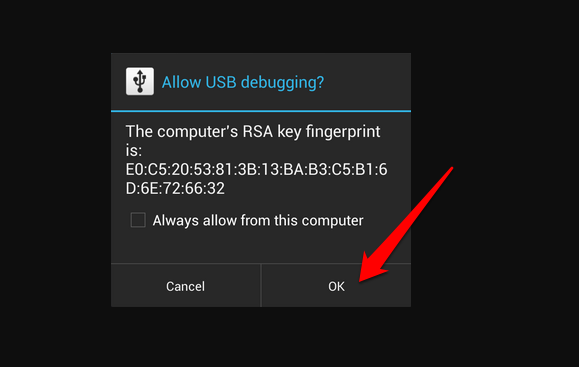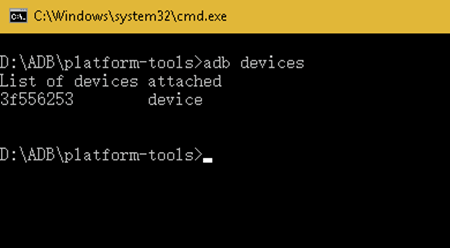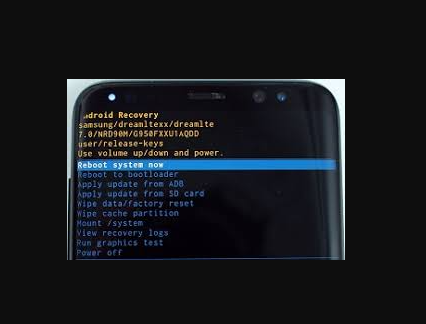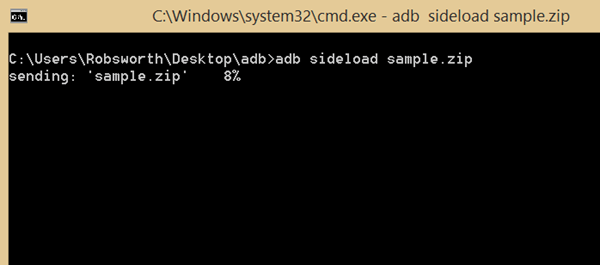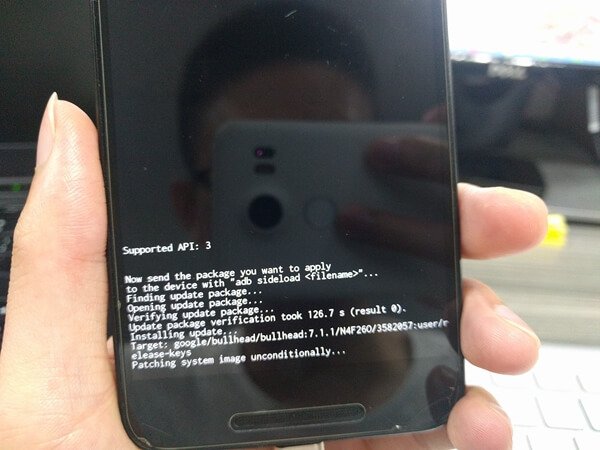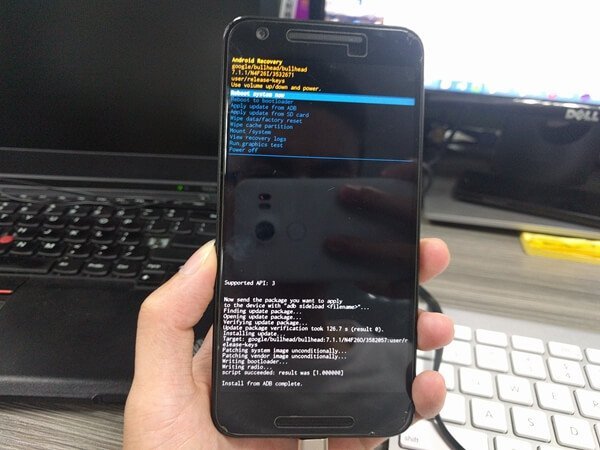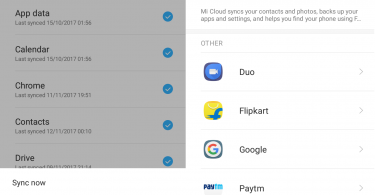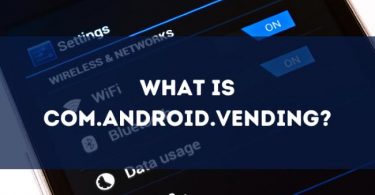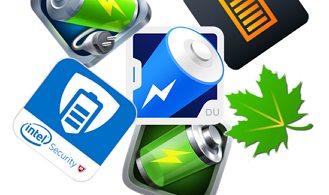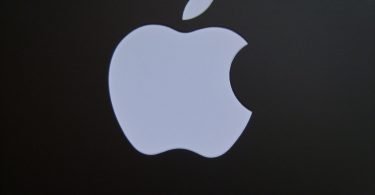Updated Apr 25, 2022
Android is the most powerful Operating system platform for the smartphone development. It has gained popularity with its easy to use interface, open environment and giving its users complete control of the system.
Similarly, desktops and laptops are important and so there is a need for a bridge to connect these two platforms. Android SDK works like that bridge between your PC and Android device so that development can be carried on.
One of the elements of this kit is ADB. ADB tool might sound familiar. And if you are unaware of this amazing service, then our article on ADB Sideload and ways for ADB Sideload download will help you.
What is ADB Sideload?
Android Debug Bridge (ADB) Sideload is the command that allows transferring and installing the Android Installation File from a computer to other devices.
To download an ADB sideload, you’ll first need to enable the USB Debug on your phone, download and install the required drivers, update.zip file, and the tools package of the Android SDK.
With the ADB command, one can boost various device actions, like debugging or installing apps. This client-server program includes three components:
- The client, which sends commands and runs on your development machine
- A daemon which runs the commands on a device. The daemon runs on each device as a background process.
- And, a server which manages communication between the above two components.
So Sideload is a term which has the meaning similar to “upload/download”. Though, it typically means the processing of data transfer between a mobile and a PC/desktop. And so as we mentioned above that ADB is a program that you need to ‘sideload’ from your desktop onto Android phone as to complete the update process. Sideloading has various advantages compared to other ways of this kind.
Features of ADB Sideload
ADB Sideload is basically a new feature that was added to the AOSP recovery in Jelly Bean. The latest version 2.3 supports ADB Sideload TWRP recovery mode. Although if you are an average recovery user then ADB Sideload recovery won’t be useful to you, it happens to save a lot of time for the ROM developers. Here are a few ADB Sideload features that cannot be neglected.
- One can optimize the content for each mobile device.
- There are no wireless data charges.
- The absence of geographic limitations as opposed to network coverage.
- ADB Sideloading is an excellent tool for proximity marketing.
- The content is not streamed, and you can store it permanently on your Android devices.
How to Use ADB Sideload
We all know that ADB Sideload command line tool is versatile in its functions and a powerful tool with which you can not only repair your bricked device but also install the modes and apps necessary to you. And so in case you have no provision to load a ROM to the internal storage of your phone, then ADB Sideload download seems to be a good option. Here is how you can use ADB Sideload.
You need to set up ADB aka Android Debug Bridge prior a flash system and then Sideload the flashable zip file. Here is the complete guide to ADB Sideload download on Windows 10/8/7.
Briefly, here’s what we’ll be doing:
- Make sure that the battery of your Android device is over 60%.
- Before beginning, enable USB debugging on your device.
- Install the device drivers on your system and make your device discoverable.
- Download the required update.zip file from a trusted site like Samsung Updates on your system.
- Download the Tools package of Android SDK Platform onto your computer. Or you can click on the given link to download it directly from here.
How to Install Zip Files using ADB Sideload
When you have already downloaded the tools package of the Android SDK Platform on your computer, you should follow the following steps to install Zip files using ADB Sideload.
Step 1: Unzip the zip.file. You will find various files within the folder. However, you will have to resort only these four files:
- adb.exe
- fastboot.exe
- AdbWinUsbApi.dll
- AdbWinApi.dll
Step 2: Connect your Android phone to the computer using a USB cable. Then enable USB debugging on your Android phone and make sure that the system detects it.
Step 3: Now open the unzipped folder, and hold the “Shift” key and simultaneously right-click your mouse. From the options click on Open command window here. A command window will show up.
Step 4: Next to test if ADB is installed properly and is compatible with your desktop, type ADB devices as the command. If a serial number is displayed before device then your ADB tool is working properly.
Step 5: Now move the update.zip file that is downloaded into the Advance folder to the Platform-tools folder. Now Boot your Android Device into Recovery Mode. Enter the Recovery Mode of your device, the process varies from device to device.
Step 6: Next, with the help of volume keys choose the Apply Update from ADB option. Confirm your choice with the Power button.
Step 7: Now on the command window of your computer, type adb sideload followed by the filename of update.zip. The zip.file will be sent to your Android device.
In case: adb sideload sample.zip
Step 8: This will lead to your Android device verifying the update.zip. The zip.file will soon be sideloaded and written on your smartphone.
After the process completes you will see a message like “Install from ADB complete” on your screen. That’s it, you have successfully completed the process.
So, guys, we hope that we were successful in helping you out with ADB Sideload download and to use it to update your Android device. There are several ways to do it, but this is the easiest and effective one. In case you have any doubts then write your queries in the comments section.

